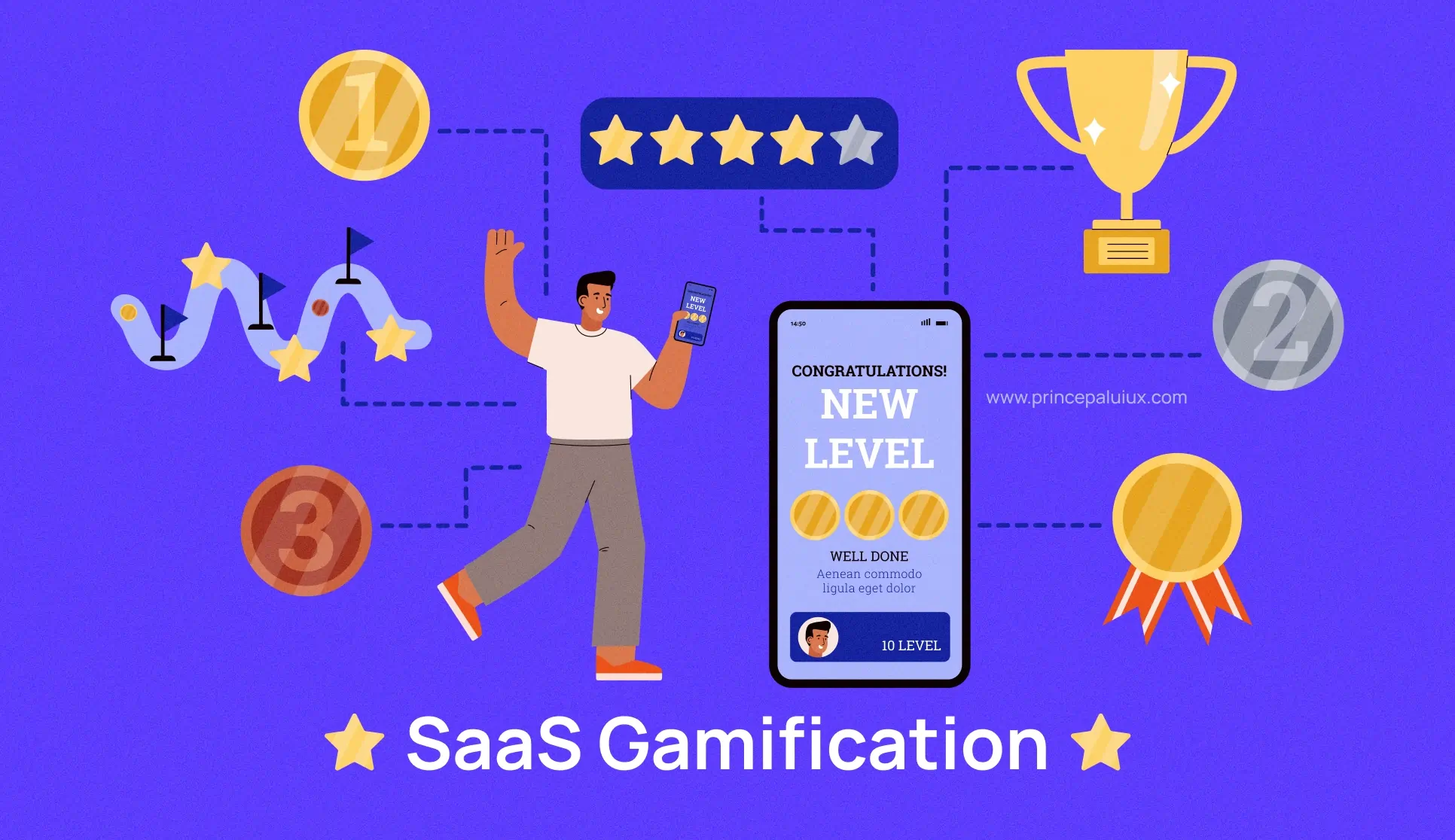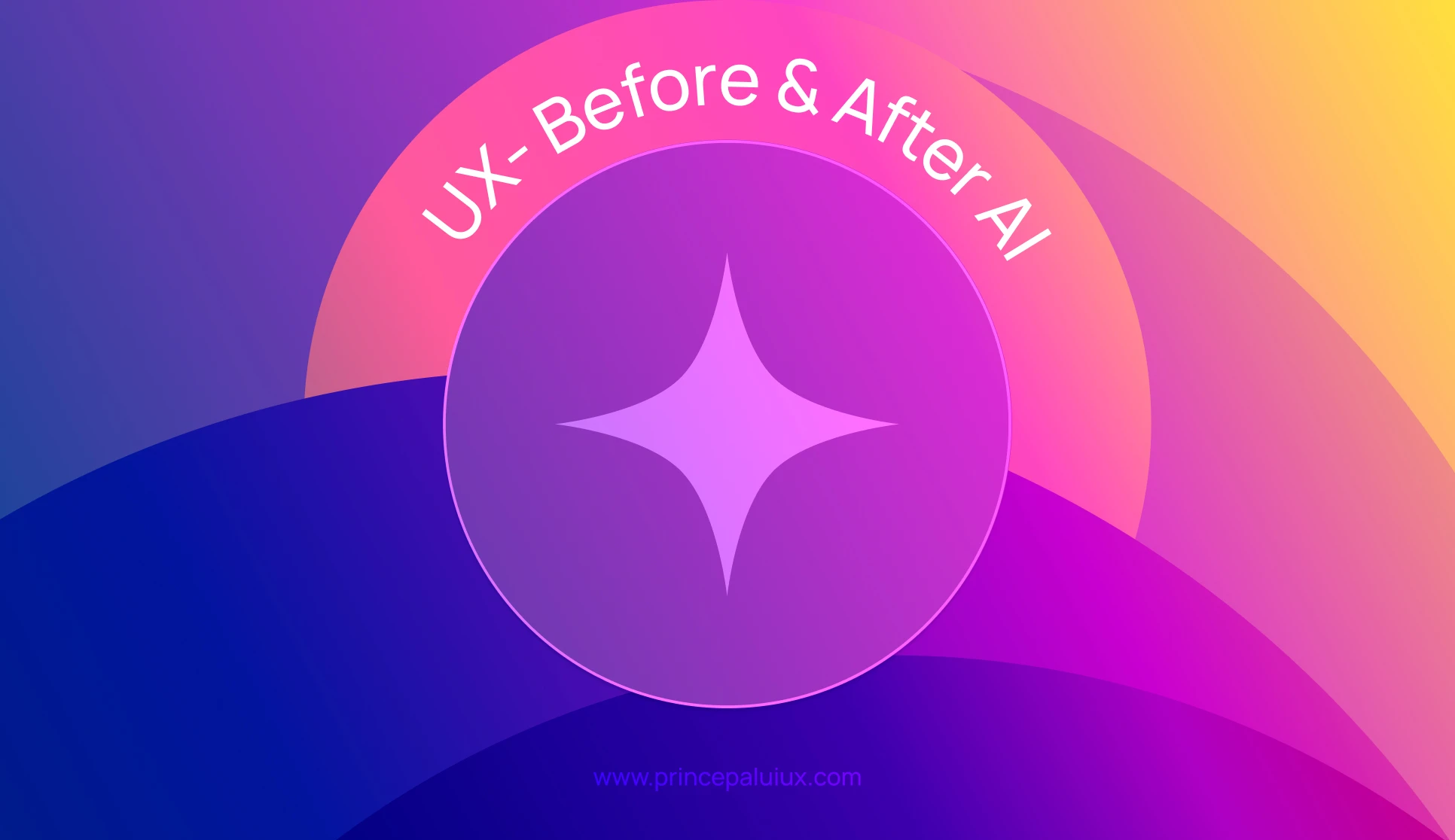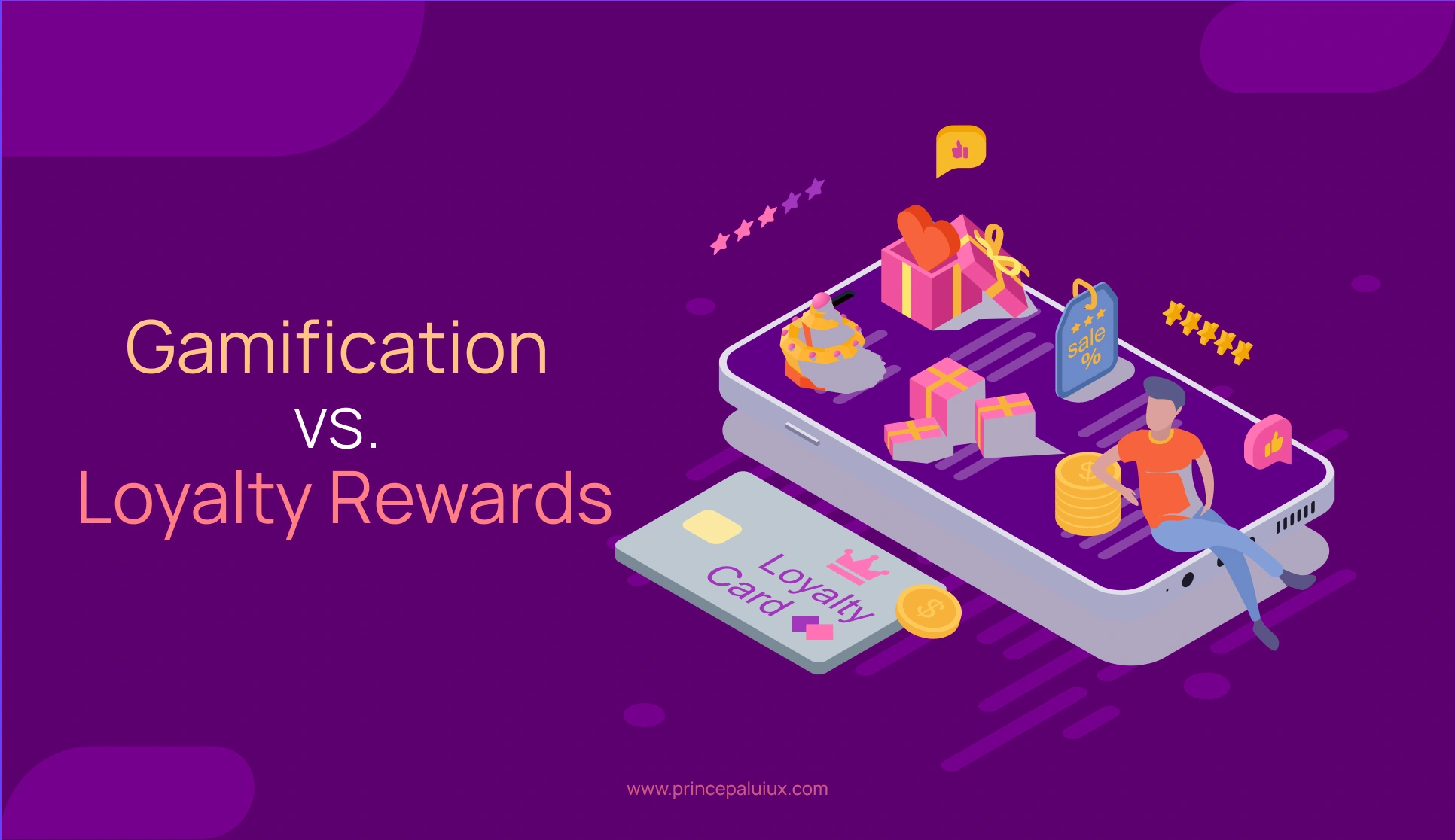Gamification in SaaS enhances customer loyalty by integrating game-like elements that drive engagement and retention. Features like points, badges, and progress bars motivate users, but their success depends on a strategic, psychology-driven approach.
An experienced SaaS product designer is always keen on Understanding user behavior and measuring impact, ensuring an effective gamification strategy that aligns with business goals.
Table of contents
Why Gamification Works in SaaS?
Gamification in SaaS refers to integrating game design elements and mechanics to enhance user engagement, motivation, and loyalty in SaaS applications.
Companies can leverage points, badges, leaderboards, and challenges to tap into users’ intrinsic motivation for achievement, competition, and progress.
Beyond just making a product “fun,” gamification is a strategic tool for driving desired user behaviors and fostering long-term adoption.
For instance, progress bars visually encourage users to complete onboarding steps, while milestone-based rewards can incentivize continued platform engagement.
The key lies in aligning these gamification elements with your product’s core value proposition and users’ goals.
To ensure successful gamification, it’s crucial to understand your user base. Identify the key actions that provide value to the user and the business, then craft game mechanics that encourage those behaviors.
Without a deep understanding of user motivations, gamification risks feeling gimmicky or forced rather than being a natural platform extension.
Winning Strategies: Gamification That Works
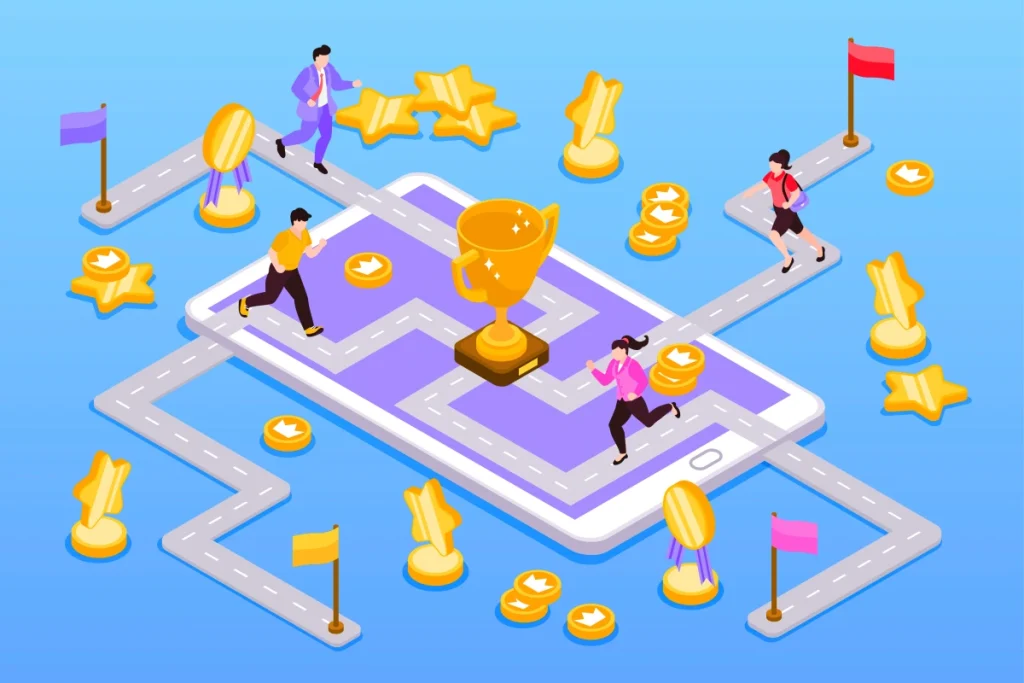
A well-executed gamification strategy requires choosing the proper techniques that align with your audience’s expectations and your SaaS product’s objectives. Here are some proven approaches:
- Points System—Reward users with points for completing desired actions, such as daily logins, submitting content, or engaging with specific features.
- Leaderboards – Encourage healthy competition by displaying top-performing users based on achievements, activity levels, or contributions.
- Badges & Achievements—Recognize user progress and expertise through visible status symbols, which can motivate continued engagement.
- Levels & Tiers – Create a progression system where users unlock new features or receive exclusive benefits as they reach higher engagement levels.
- Challenges & Quests: Design goal-oriented tasks encouraging users to explore new functionalities, ultimately leading to deeper product adoption.
- Progress Bars – Offer visual cues to show users how close they are to reaching specific milestones, promoting a sense of accomplishment.
- Virtual Currency & Rewards – Implement an in-app economy where users earn and redeem points for perks, discounts, or premium features.
The best results come from a balanced mix of these elements, tailored to fit user personas and business goals.
Keep Users Hooked with Meaningful Rewards
A successful rewards system in gamification hinges on designing incentives aligning with user motivations and company objectives.
Steps to Implement an Effective Rewards System:
- Define Key Actions: Identify the behaviors you want to encourage, such as completing profiles, referring friends, or using premium features.
- Develop a Tiered Reward Structure: Combine intrinsic rewards (e.g., recognition, exclusive access) with extrinsic rewards (e.g., discounts, tangible benefits).
- Introduce a Points-Based System: Allow users to accumulate and redeem points for rewards, reinforcing engagement over time.
- Leverage Data Analytics: Monitor user behavior to adjust and optimize the reward structure for maximum impact.
- A/B Test Incentives: Experiment with different reward types and values to determine which resonates most with your audience.
- Ensure Transparency: Communicate how the reward system works to avoid confusion and maximize participation.
- Refresh and Update Rewards Regularly: Keep the experience dynamic by introducing new incentives to maintain long-term user interest.
Track, Analyze, Improve: Gamification Metrics That Matter
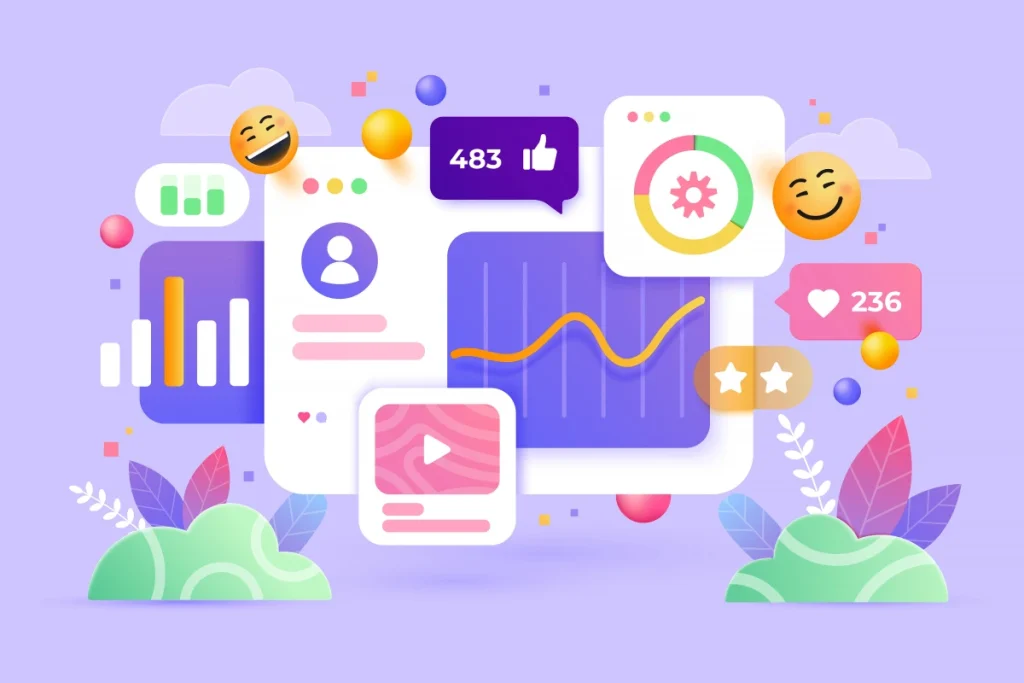
Tracking the effectiveness of gamification requires a data-driven approach. Key performance indicators (KPIs) should be aligned with your SaaS product’s goals.
Essential Metrics to Track:
- User Engagement: Monitor metrics such as Daily Active Users (DAUs), session duration, and feature adoption rates.
- Retention & Churn Rates: Evaluate whether gamification contributes to user stickiness and reduces churn.
- Progression Metrics: Analyze data on achievement completion rates, leaderboard rankings, and points earned.
- Social Engagement: Assess referrals, shares, and user-generated content to gauge community interaction.
- User Satisfaction: Conduct surveys and gather qualitative feedback to measure perceived value.
- A/B Testing Results: Compare gamified vs. non-gamified experiences to determine the real impact of your strategy.
Setting up dashboards for real-time tracking of these metrics allows for quick insights and iterative improvements.
Gamification Pitfalls and How to Fix Them
While gamification offers numerous benefits, there are inherent challenges that need to be addressed:
1. Preventing User Fatigue
Gamification elements can lose their impact over time. To maintain engagement, regularly refresh challenges, introduce seasonal incentives, and update rewards.
2. Balancing Competition & Collaboration
Overemphasis on competition can alienate certain users. Encourage competitive and cooperative elements, such as team-based goals or community-driven achievements.
3. Addressing Data Privacy Concerns
Transparency in data collection is crucial. Ensure compliance with regulations like GDPR and provide users with opt-out options.
4. Seamless Technical Integration
Poorly integrated gamification can disrupt the user experience. Plan for a smooth rollout and conduct thorough testing before launch. Consider leveraging specialized gamification platforms if needed.
5. Measuring ROI Effectively
Gamification success isn’t always easy to quantify. Establish clear KPIs linked to business outcomes and use analytics tools to track and refine your approach.
Real-World Examples of Gamification in SaaS
While gamification sounds excellent in theory, seeing it in action is even more powerful. Many successful SaaS platforms have leveraged gamification to boost engagement and retention:
- Duolingo – Uses streaks, XP points, and leaderboards to keep users hooked on language learning.
- Trello – Introduced achievement-based rewards and progress tracking for user milestones.
- Slack – Gamifies user onboarding by encouraging users to complete small tasks like sending their first message or creating a channel.
- Salesforce Trailhead – A learning platform that turns skill-building into an adventure with points, badges, and ranks.
These examples show how gamification, when done right, seamlessly integrates into the user experience to encourage participation and long-term usage.
The Psychology Behind Gamification: Why It Works
Gamification isn’t just about adding points and badges—it taps into deep-rooted human psychology. Here are some key principles that make it so effective:
Self-Determination Theory (SDT) – People are motivated when they feel a sense of autonomy, mastery, and connection. Gamification should give users control, allow them to progress, and create community-driven engagement.
The Zeigarnik Effect – Humans have a natural urge to complete unfinished tasks. Progress bars and incomplete achievements keep users returning to finish what they started.
The Endowment Effect – Users value something more when they feel they’ve earned it. Unlocking exclusive features or receiving a badge after effort makes it more meaningful.
Understanding these psychological triggers helps design gamification elements that feel rewarding rather than forced.
Common Gamification Mistakes to Avoid
While gamification can be a game-changer (pun intended), poor implementation can backfire. Here are some common pitfalls to steer clear of:
Overcomplicating the System – A gamification strategy that’s too complex or difficult to understand will frustrate users rather than engage them. Please keep it simple and intuitive.
Making Rewards Feel Gimmicky – If rewards don’t align with real user value, they’ll be ignored. Users should feel like they’re gaining something meaningful: recognition, perks, or enhanced features.
Ignoring Accessibility & Inclusivity – Not every user enjoys competition or public leaderboards. Consider alternative rewards that cater to different user preferences and abilities.
By avoiding these mistakes, you can ensure gamification adds value instead of becoming an unnecessary distraction.
Personalized and Adaptive Gamification: The Future of Engagement
Static, one-size-fits-all gamification is fading. The future lies in adaptive gamification, where experiences are tailored based on user behavior and preferences.
AI-Driven Personalization – Smart gamification systems dynamically adjust challenges, rewards, and recommendations to match user interests.
Customizable Progress Tracking—Instead of generic leaderboards, users should be able to track their own unique goals.
Behavior-Based Incentives – Instead of predefined rewards, platforms can analyze user actions to provide the most relevant incentives.
Personalization ensures that gamification remains engaging, relevant, and motivating for different types of users.
Keeping Gamification Fresh and Sustainable
Gamification isn’t a one-time setup—it needs ongoing maintenance to stay effective. Here’s how to prevent user fatigue:
Refresh Challenges & Rewards Periodically – Stale challenges lose their appeal. Introduce new milestones, achievements, and incentives over time.
Seasonal Events & Limited-Time Rewards – Limited-time competitions, badges, or themed challenges keep users excited and engaged.
Allow Users to Set Their Own Goals – Giving users the ability to create personalized challenges fosters long-term motivation.
A sustainable gamification strategy ensures that engagement doesn’t peak early and fade out but instead grows over time.
📰 Good reads about Gamification
End Note
Gamification in SaaS is more than just a trend—it’s a powerful engagement strategy that fosters user loyalty and drives key business metrics.
However, success depends on aligning game mechanics with user needs and ensuring that incentives remain meaningful and sustainable.
By leveraging effective techniques, continuously measuring impact, and proactively addressing challenges, you can create a gamified experience that keeps users engaged, satisfied, and loyal to your platform for the long haul.
